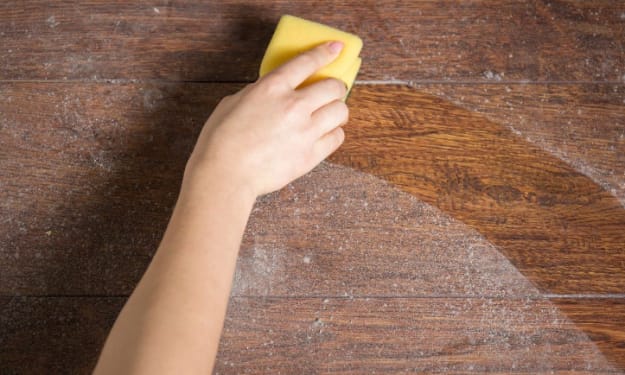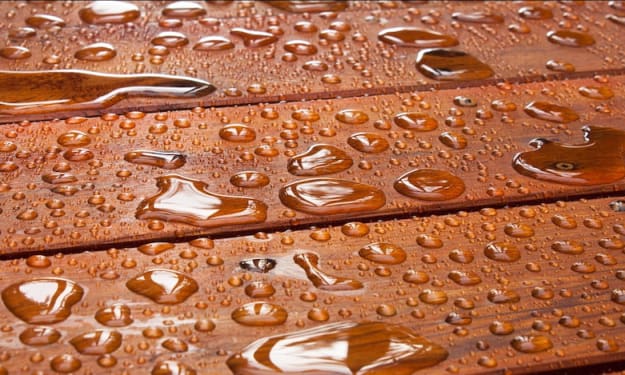Does My Industrial Vacuum Cleaner Need to Be ATEX Certified?
ATEX Certified Industrial Vacuum Cleaners

Not all vacuums are the same. In fact, there are several different types of industrial vacuums that can be used in
vacuum cleaner in areas where flammable gases or vapors may be present, ATEX-certified vacuums are designed to be used safely there.
ATEX Vacuum cleaner: what features different environments. The most common type is a wet/dry industrial vacuum. This type of vacuum uses suction to remove liquids and can also be used for dry material. Wet/dry vacuums usually have two motors: one for liquid and one for dry material, but some models use only one motor to handle both fluids and solids at once.
What is ATEX?
ATEX is a European standard that regulates the design of equipment used in potentially explosive atmospheres. The main reason for this regulation is to ensure that the equipment does not ignite or explode during use and transport. If you want to use your should it have?
The ATEX vacuum cleaner is an industrial machine that can be used in potentially explosive areas. The most characteristic aspect of this type of vacuum cleaner is its motor, which must have been designed and manufactured according to specific standards: it cannot spark or generate any sparks while running (this would cause an explosion).
For example, if your business is located in Zone 1 and you need a new industrial vacuum cleaner for your workplace, then you will need one that complies with the following requirements:
● It should be approved by an ATEX certification body;
● The electrical system must be explosion-proof;
● The exhaust port must also be explosion-proof.
ATEX zones are divided into three categories according to the IEC Zone System
ATEX zones are divided into three categories according to the IEC Zone System. The most important categories for industrial vacuums are Zones 1, 2 and 22. Zones 21 and 22 are essentially the same as Zones 1 and 2 respectively, but they have more stringent requirements regarding explosion protection measures (e.g., explosion vents).
Zones 0 : Zone 0 is a division of ATEX regions that would be considered "explosive". This includes areas where there may be a danger of flammable gases, dusts or mists igniting spontaneously due to high temperatures or other conditions such as lightning strikes, static electricity or sparks created by welding torches on metal surfaces. In these areas all equipment must undergo rigorous testing before being certified as suitable for use within this environment without causing harm to anyone nearby if there were an accidental ignition of any kind..
Who Needs an ATEX Certified Vacuum?
In the abstract, an ATEX certified vacuum is simply any vacuum that has been tested by a qualified testing laboratory and found to be in compliance with the relevant standards. In practical terms, however, this essentially means that the manufacturer of your industrial-strength cleaning tool must have taken special precautions during its construction and design so as to minimize risks of sparks or other sources of fire. If you work in an environment where flammable gases are present (such as gasoline stations and refineries) or around explosive dusts (like coal mines), then it's likely that you'll need an ATEX certified vacuum cleaner for your job site.
For example—if you're operating within Zone 1 or 2 (explosive atmosphere) defined by the European Pressure Equipment Directive 94/9/EC, then EU Directive 2014/34/EU mandates that all powered equipment used within such zones must be intrinsically safe (IS). In order for a machine to be considered IS, it must pass all applicable tests set forth in International Electrotechnical Commission IEC 60204-1 standard which covers items such as user controls, wiring systems and circuit protection devices like fuses and circuit breakers--all components required for proper operation of your industrial cleaner!
When should you buy an ATEX certified vacuum?
ATEX stands for “Approval of Technical Equipment for Explosive Atmospheres,” and it means that the product has been tested and proven to withstand certain conditions. While the tests are rigorous and sometimes expensive, they ensure that you don’t blow up when using your industrial vacuum cleaner.
Here are some situations in which it would be helpful to have an ATEX certified accessory:
● Vacuuming up dusts or fine particulates that might ignite in a flammable atmosphere, like flour or sawdust.
● Cleaning machines in areas with flammable gases or dusts—for example, on oil rigs where there could be explosive hydrogen gas mixed into the air by nearby machinery.
What is a certified industrial vacuum?
An ATEX certified industrial vacuum is one that has been tested and approved by a third party to meet the ATEX standards. The vacuum cleaner must be tested to ensure it is safe to use in an explosive environment.
ATEX certified vacuums are used in many industries, such as oil and gas, chemical processing, food production, steel manufacturing and petrochemical refining. They need to be able to withstand high temperatures or corrosive substances without causing sparks or starting an explosion.
Are there any other factors to consider before purchasing an industrial vacuum ?
Once you've determined that your industrial vacuum needs to be ATEX certified, there are still a few other factors to consider before making your purchase.
Consider the size of your facility, budget and filter size/capacity. The larger these are, the more power is required from an industrial vacuum cleaner. If you're working in an area with a small space or a tight budget (or both), this may not be feasible for you!
If so, consider purchasing a smaller model with less suction power—but don't forget about the noise level and weight! An industrial vacuum can get loud enough to drown out all other sounds in your facility if it doesn't have enough protection built into its design. Also keep in mind that higher quality components often come at higher costs—so buying something too large might eat into profits later on down the line due to maintenance costs (or even needing replacement parts).
If you are unsure if your environment needs ATEX certified vacuums, you should consult the facility's safety manager.
If you are unsure if your environment needs ATEX certified vacuums, you should consult the facility's safety manager. If they are not sure, they can contact their manufacturer or call the manufacturer to get an answer.
If there is no one with that knowledge in your facility and you need to purchase new equipment, ask the salesperson if it is ATEX certified and what kind of certification it has.
Conclusion
The best way to determine if your vacuum is ATEX certified is to contact the manufacturer. They should be able to tell you whether or not they have models that meet the requirements of this certification. If they do not, then it would be best for you to find an alternative model that does.
About the Creator
Anil Patel
Digital Manager & Content Strategist Planner at Yana DigiMarks, a SEO and Digital Marketing and Services Agency Australia, I am effectively forced behind the company’s content strategy, copywriting, brand communication
Enjoyed the story? Support the Creator.
Subscribe for free to receive all their stories in your feed. You could also pledge your support or give them a one-off tip, letting them know you appreciate their work.






Comments
There are no comments for this story
Be the first to respond and start the conversation.